Hospitality, a cultural beauty of Thai Nguyen people. |
From the end of June to the beginning of July, the entire Viet Bac region was raining continuously. Each rain shower connected the sky and the earth. The rain seemed to wash away the worries of Mother Nature and of people. The mouth of the Cau River was red with the color of the hilly soil, rising high, the water lapping at the banks as if in a sulk.
There are local names that become memories to be replaced by new names, suitable for the digital age. In that context, people's hearts are also shaken. There have been tears shed in everyday life, but not meaninglessly, but to water the future seeds to grow firmly from the roots.
That root is the unique cultural similarity that has been passed down, preserved, and promoted by the ethnic groups in the Viet Bac region for thousands of years, including the ethnic groups in the ninety-two communes and wards of Thai Nguyen province today. At this time, the Thai Nguyen people realized that this "return" had an important meaning. Uniting into "one family" to become stronger, having the strength to go further together, contributing to the whole country's success on the journey of world integration.
Going back in history: Thousands of years ago, "a strip of mountains and rivers" of Thai Nguyen, from the lands bordering the provinces of Cao Bang, Tuyen Quang, Lang Son, Bac Ninh, Hanoi and Phu Tho. Then the lands on both sides of the Cau River, from Cho Don commune to Trung Thanh ward, became a gathering place for ethnic communities: Kinh, Tay, Nung, San Diu, Mong, Dao, San Chay, Hoa and many other ethnic groups united to build their villages. In the flow of history, it is the traditional cultural values that have connected generations, fostered patriotism, and formed the personality and character of the people of the "steel land, tea land".
Ethnic groups in the region live in harmony because they have a common language. However, each ethnic group is always conscious of preserving its own cultural identity through its language, customs and religious rituals such as: worshiping the forest god, stream god, rice god, worshiping the Mother Goddess and the Three Palaces belief. Although there are differences between ethnic groups, in the same living space, a common cultural space has gradually been created for the ethnic groups in Thai Nguyen province. Despite many social ups and downs, the people in mountainous communes such as Cao Minh, Ba Be, Bang Van or Van Phu, Quan Chu, Dan Tien communes... each ethnic group has a close connection because of the cultural traditions that are passed down and deeply ingrained in their blood and flesh.
The cultural beauty of ethnic minorities is preserved and passed down through traditional costumes. At the market day, the whole area is colorful. The girls are dressed in bright dresses and they recognize each other by the unique patterns sewn and embroidered on their costumes. Then the digital market, selling and buying can be done online, but the people still bring back to the market products of the mountains and forests such as bamboo shoots, wild vegetables, mugwort cakes, five-color sticky rice, bamboo rice, smoked meat, leaf-fermented wine and ethnic costumes.
The market mechanism has reached every corner of life. However, many families still preserve the weaving and knitting profession. That is how people preserve the traditional cultural beauty of their nation. The busyness in each family is also the time when people can get close, talk, share, and at the same time, it is the way for ethnic groups to teach the younger generation the pure cultural beauty that has been cherished and filtered through many generations.
By the bamboo roots of the village (photo taken at Thai Hai Eco-tourism Stilt House Village Conservation Area, Tan Cuong commune). |
Living together in the same community, but between ethnic groups there is no borrowing or cross-breeding. When going out into the community, there is harmony and unity. When returning to the family home, it is a separate world. Not closed, but always open to receive progress and civilization from outside to supplement and perfect a more civilized and modern lifestyle.
These similarities are the result of hundreds of years of coexistence, blood mingling, and living together in a unified culture. Many Thai Nguyen people are proud: Nearly 50 ethnic groups living in ninety-two communes and wards of the province have the most common cultural beauty: "Cau River Civilization". There, indigenous beliefs, lifestyles, and daily labor and production have shaped a common cultural "root".
When civilizations in the world are all attached to a certain river. Even in Vietnam, the rice civilization is also attached to rivers. So it is natural that Thai Nguyen province calls it "Cau River Civilization". A miracle is that from Phuong Vien land, Cho Don commune, Cau river flows through the land of Thai Nguyen province to Phu Loi, Trung Thanh ward, sharing the same Then song, Luon nang oi, Sli song... But when Cau river flows into Bac Ninh province, the Then song, Luon nang oi, Sli song... anchors to open up the Quan Ho song lingering, "People stay, don't come back".
Culture is the soul of the nation, the torch that lights the way for each nation to grow. For example, Bac Ninh has Quan Ho folk songs; Hung Yen has Cheo singing, then Then singing and Tinh lute are the heartbeat that vibrates the common voice of the Cau River. The Tay and Nung ethnic groups in Thai Nguyen all consider Then an important ritual in their spiritual life. They consider Then lyrics and Tinh lute sounds as invisible strings connecting people with gods, ancestors, heaven and earth.
The Kinh, Mong, Dao, San Diu, San Chay, Hoa… ethnic groups all have in common a cultural life filled with folk songs and spiritual rituals. The shaman is considered a messenger connecting the earthly world and the heavens, the dead and the living. The rituals are meant to pray for peace for everyone, every family, so they are preserved, passed down and constantly promoted by the ethnic groups.
With many similarities in the cultural identities of the ethnic groups, the lands of the province are also connected by historical traditions. During the resistance war against the French, many places were chosen by the Politburo and the Party Central Committee as the resistance capital, a place to shelter President Ho Chi Minh, the Party Central Committee and the Party's headquarters.
Rural scene in the mountainous commune of Cho Don. |
Places in communes such as Dinh Hoa, Cho Don, Cho Moi... are witnesses of a time of war. The people here did not mind the hardships, carrying rice, hiding documents, and nurturing cadres. No one calculated the gains and losses, the ethnic people of Thai Nguyen completely believed in the Party. Now those lands have become revolutionary historical relics, "red addresses" for educating patriotic traditions. The province currently has nearly 1,200 historical and cultural relics that have been counted; nearly 600 national intangible cultural heritages.
Another most obvious similarity in the lives of the ethnic groups in Thai Nguyen province is culinary culture. Most ethnic groups make five-color sticky rice, roast pork; cakes and many other dishes are similar in the way they are prepared. Then "guests come to visit, if there is no tea, then there is wine". This folk saying shows the hospitality of the people. Wine is fermented with leaves, distilled in a wooden steamer, and when drunk, the lips are still soft and the conversation is still friendly. And tea, a familiar elegant drink, but Thai Nguyen is the land that gives people premium tea. From the traditional tea area of Tan Cuong commune to the ancient Shan Tuyet tea area of Tan Ky commune, people in both regions have the same way of making roasted tea and tea-drinking rituals.
In social life, the ethnic groups in the ninety-two wards and communes of Thai Nguyen province have a tradition of consensus and solidarity, creating a comprehensive national strength because the ethnic groups have many similar cultural traits. It is the similarities in lifestyle, customs, language and beliefs that have created understanding and sympathy between the communities.
In the period of integration and digital transformation, Thai Nguyen province has determined to take culture as the root and community tourism as the spearhead of development. This is demonstrated by the harmonious combination between regions from rural to urban areas.
For example, in developing community tourism, destinations such as: Khau Dang, Bang Thanh commune; Mu La, Cao Minh commune; Phieng Phang, Thuong Minh commune... in addition to the natural landscape, visitors can also "get lost" in a world of indigo in the wild mountains, weave brocade with the locals, brew wine with leaves and make traditional cakes. And destinations such as Tan Cuong Tea Cultural Space, Tan Cuong commune; Hoang Nong tea area, La Bang commune; Khe Coc tea area, Vo Tranh commune... visitors can admire the vast tea fields with fresh landscapes, experience with farmers harvesting and processing tea, enjoy tea with peanut candy and eat dishes made from tea and tea. Through tourism, the cultural beauty of Thai Nguyen ethnic groups is promoted and introduced to domestic and international friends.
Because they all drink the same water from the Cau River's source, from the highland communes to the midland communes of the province, the destinations in the Thai Nguyen countryside all have common highlights bearing the unique cultural features of the ethnic groups in the Viet Bac region. For example, the Sli songs of the Nung ethnic group; the Then songs of the Tay ethnic group; the lullabies of the Mong ethnic group, the Pa Dung songs of the Dao ethnic group, the Soong Co songs of the San Diu ethnic group... are spread along the Cau River, and then anchored on both banks to become waiting wharves. Sometimes, those songs rely on the wind, spread throughout the regions and then linger in people's hearts like a sprout reaching up to catch the sunlight thanks to its strong roots that cling deep into the ground.
Ethnic minorities in Thai Nguyen province have a way of telling stories about human life, about migrations and today's renewed life through songs. The heavenly, earthly and human lands are recreated by artists through songs and dances of the mountains and forests. Thai Nguyen is a land with ninety-two communes and wards spread out in the heart of the Fatherland. Being both the core of Viet Bac and the gateway to the capital Hanoi, Thai Nguyen has many opportunities to exchange and share with the people in the lowlands the unique cultural beauty of ethnic minorities. Because of that, the ethnic minorities in Thai Nguyen have the opportunity to access the quintessence of human culture, thereby serving the spiritual life of the people.
A corner of Phan Dinh Phung ward, the administrative center of Thai Nguyen province. |
Returning to the spirit of the first days of July: Like other localities across the country, Thai Nguyen province is excited about the historic renovation. That is the merger of the two regions of Thai Nguyen and Bac Kan into the new Thai Nguyen province. It is very happy, from now on "living under one roof", the invisible separation by administrative boundaries is removed, a rebirth of community spirit, a step of cultural convergence, development based on sustainable identity.
The unique cultural identities of each ethnic group are not obscured, replaced, or mixed because deep down, people always know how to preserve and promote their values. Moreover, the cultural beauties of the original identity of ethnic communities are preserved and passed down by families and clans.
No matter what the circumstances, especially in the digital age, the sweet lullaby of a mother still resounds; the daily teachings of parents, the love songs of youth, the whispers of artists performing to the supernatural, praying for favorable weather and wind still resound every spring, warming people's hearts.
The rain has stopped, the sun has spread its rays over the villages and neighborhoods. A new day has opened with many expectations. A new journey of Thai Nguyen province "smooth sailing", firmly and confidently swimming with the whole country out to sea. It is a journey of development based on a solid cultural tradition, a journey of integration without losing the roots, a journey of opening up the future with the strong traditional cultural values from the roots.
Source: https://baothainguyen.vn/van-nghe-thai-nguyen/202507/vung-vang-tu-coi-re-7f208d8/


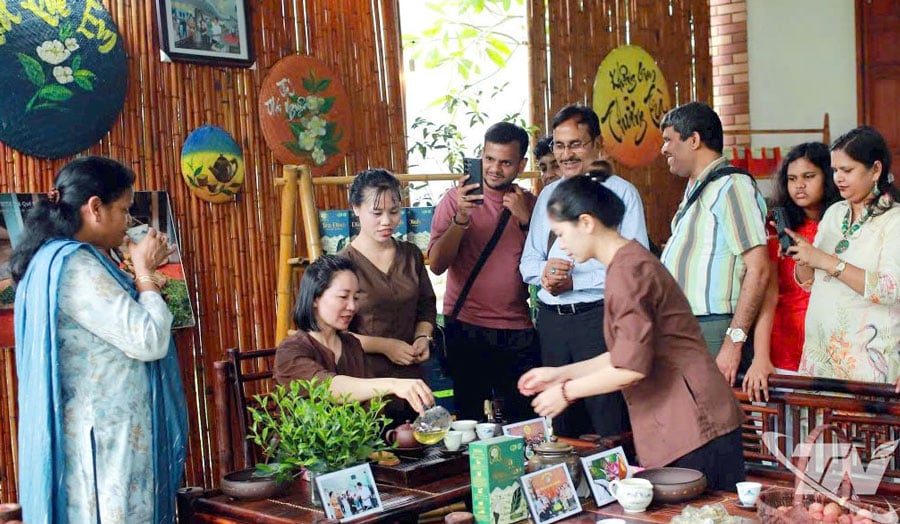
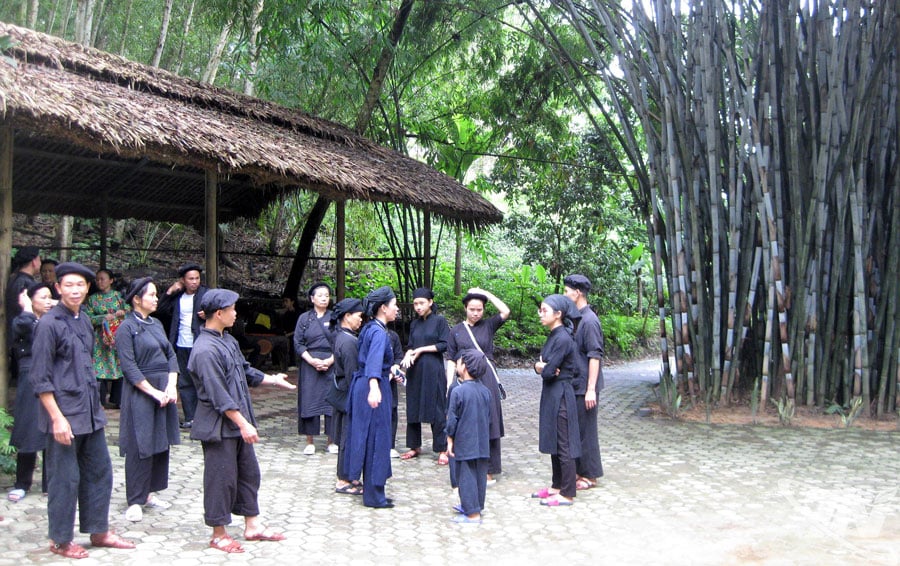
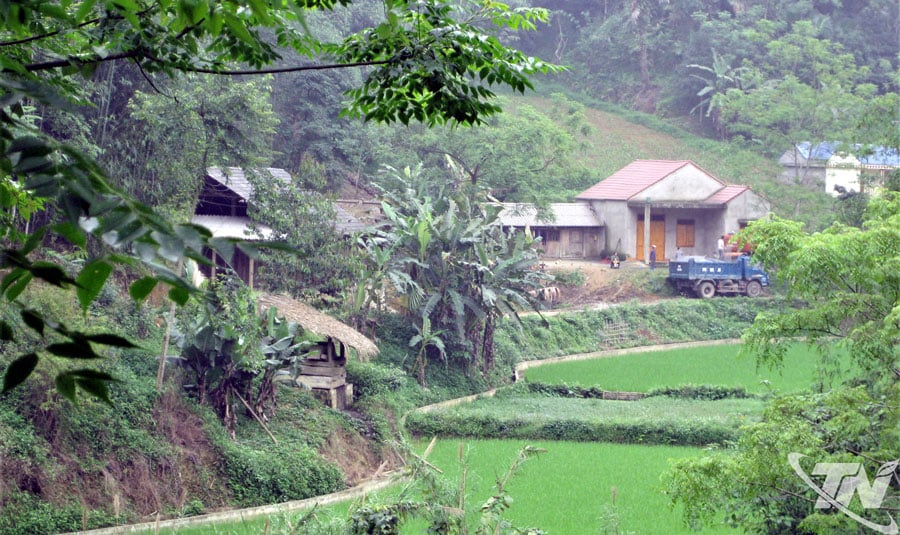
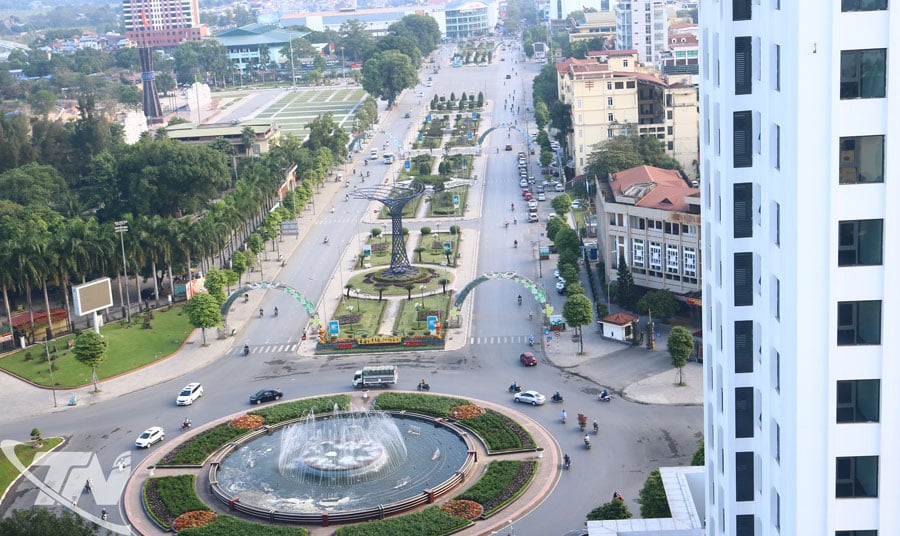
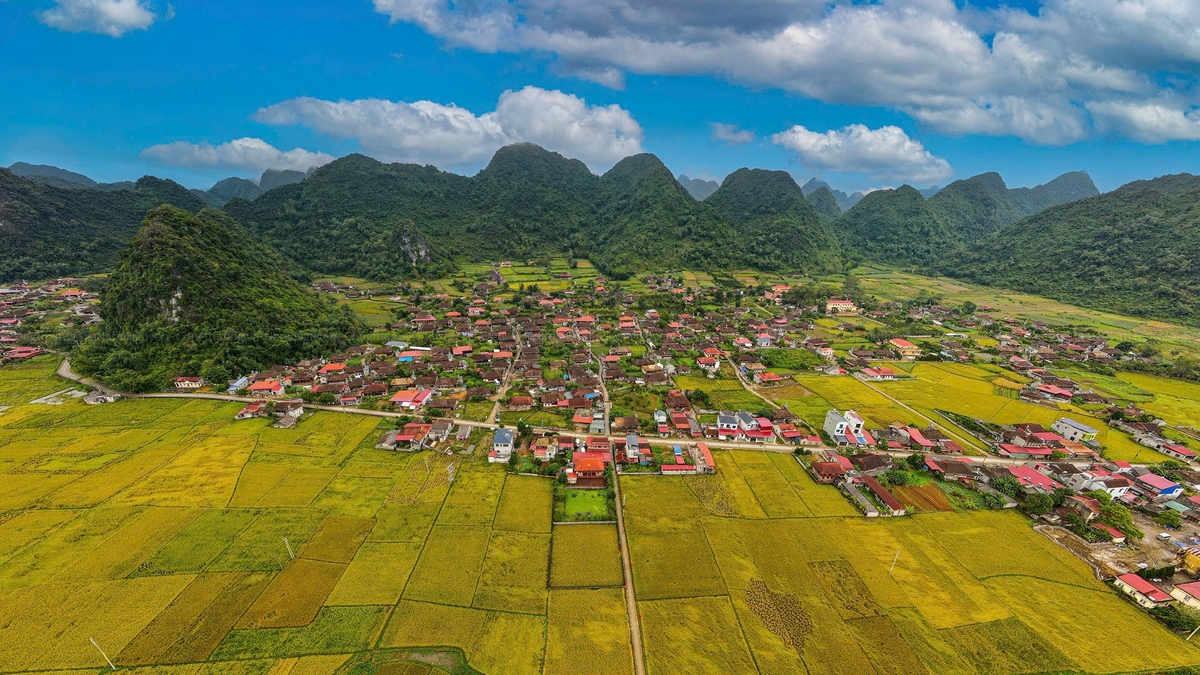
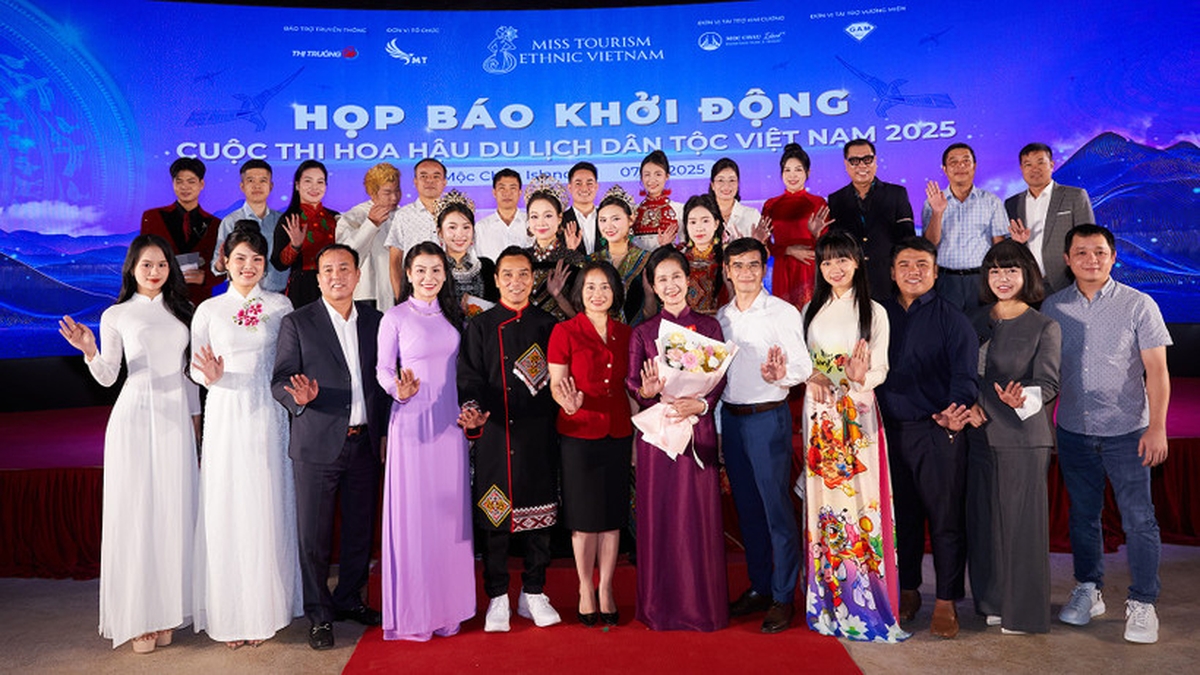




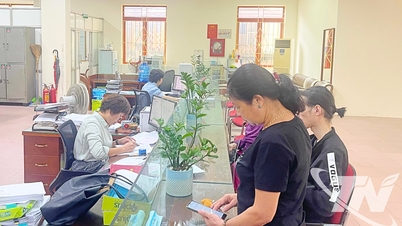
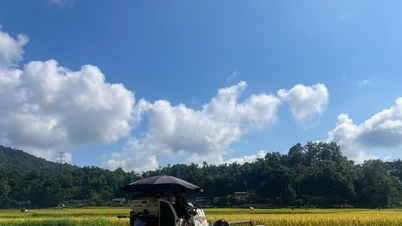




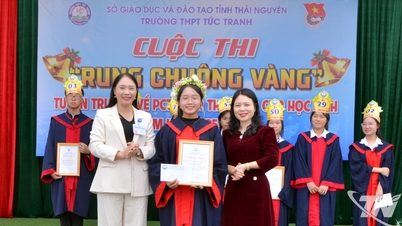
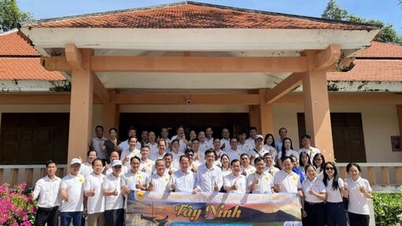

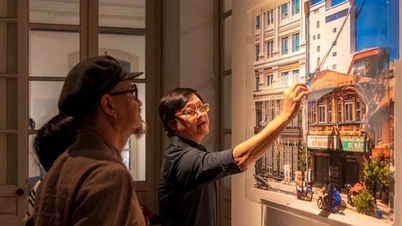

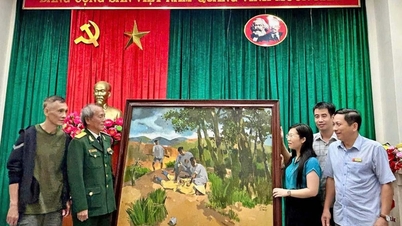



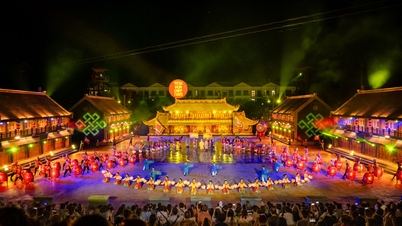







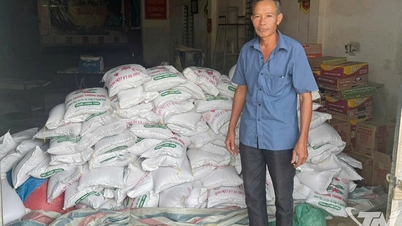


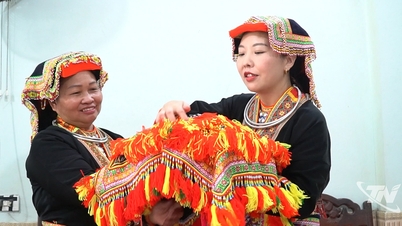
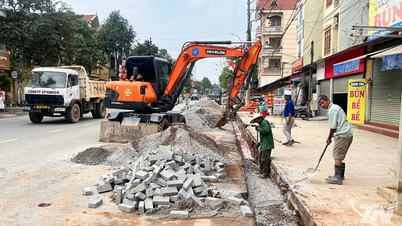







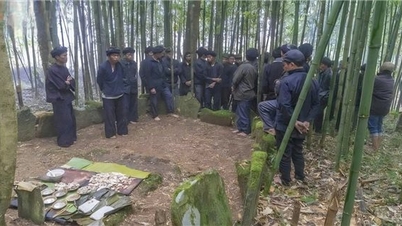




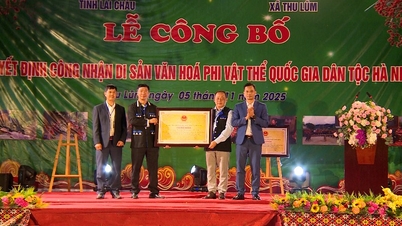

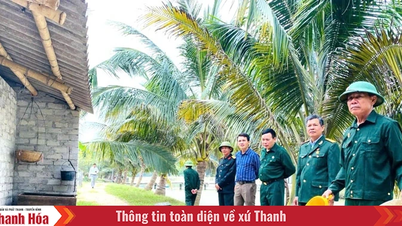


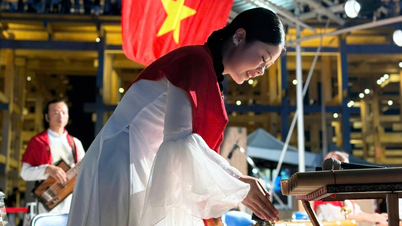

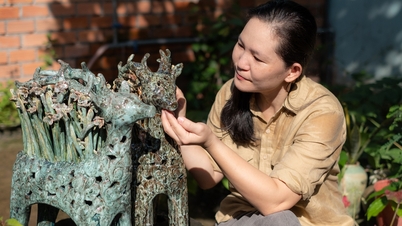

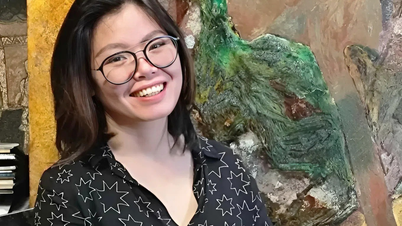




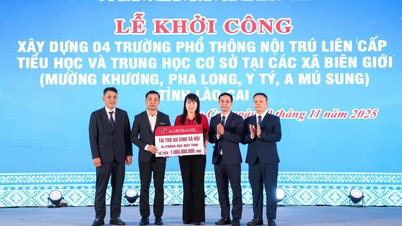
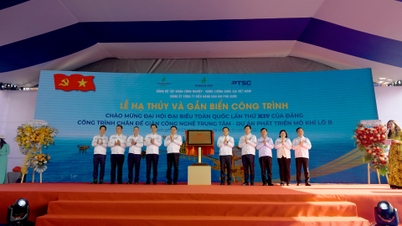
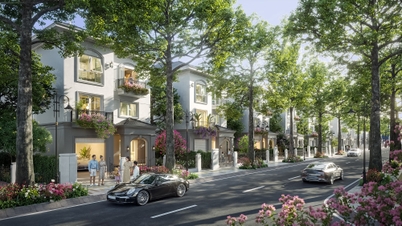



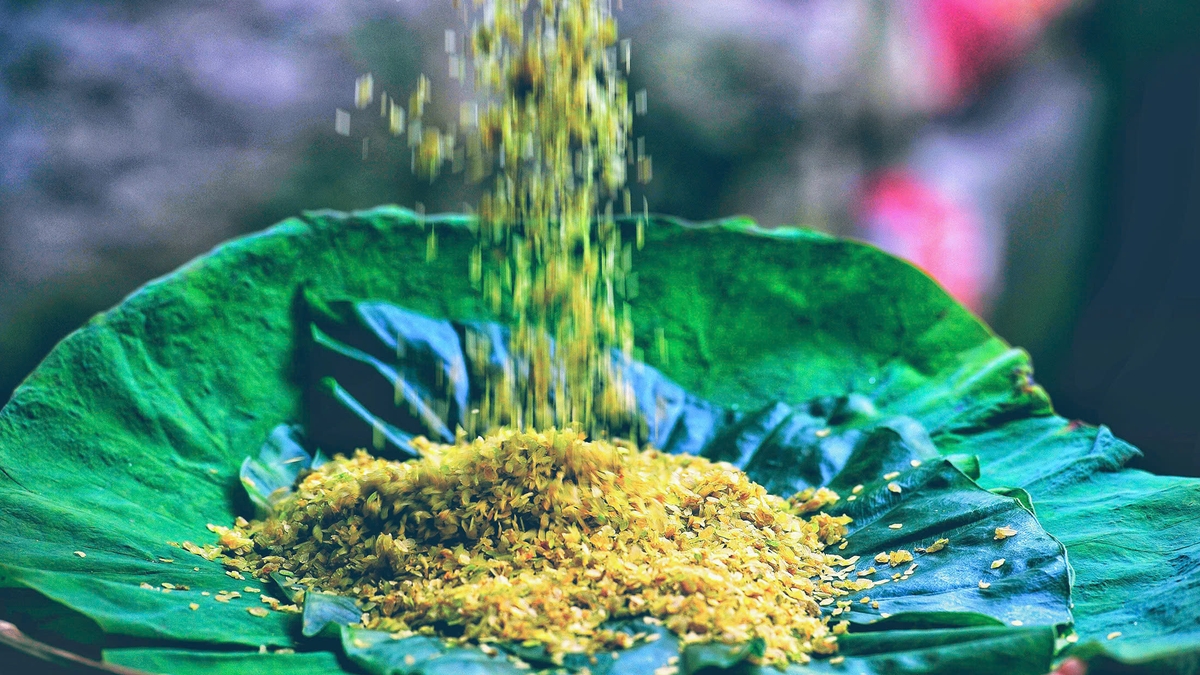








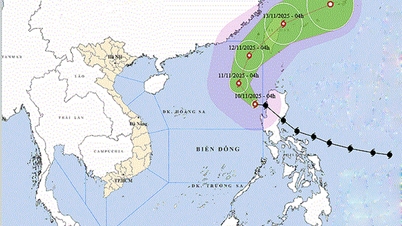




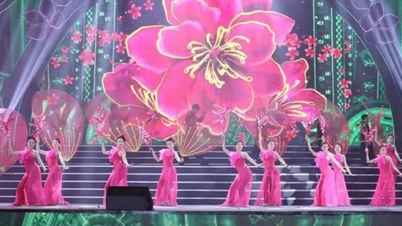
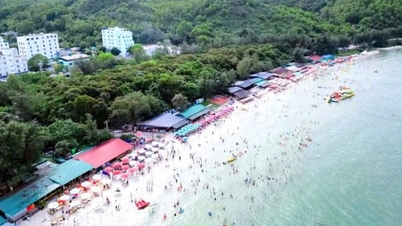
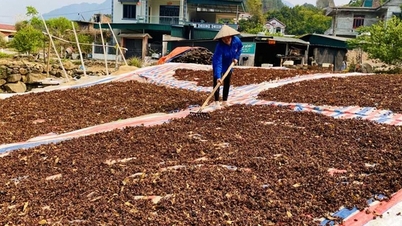


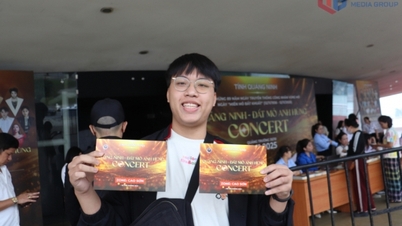





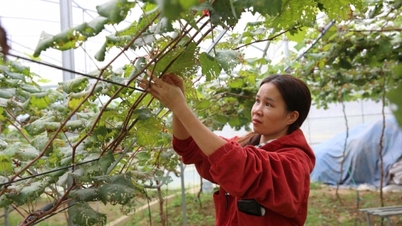
![Dong Nai OCOP transition: [Article 3] Linking tourism with OCOP product consumption](https://vphoto.vietnam.vn/thumb/402x226/vietnam/resource/IMAGE/2025/11/10/1762739199309_1324-2740-7_n-162543_981.jpeg)












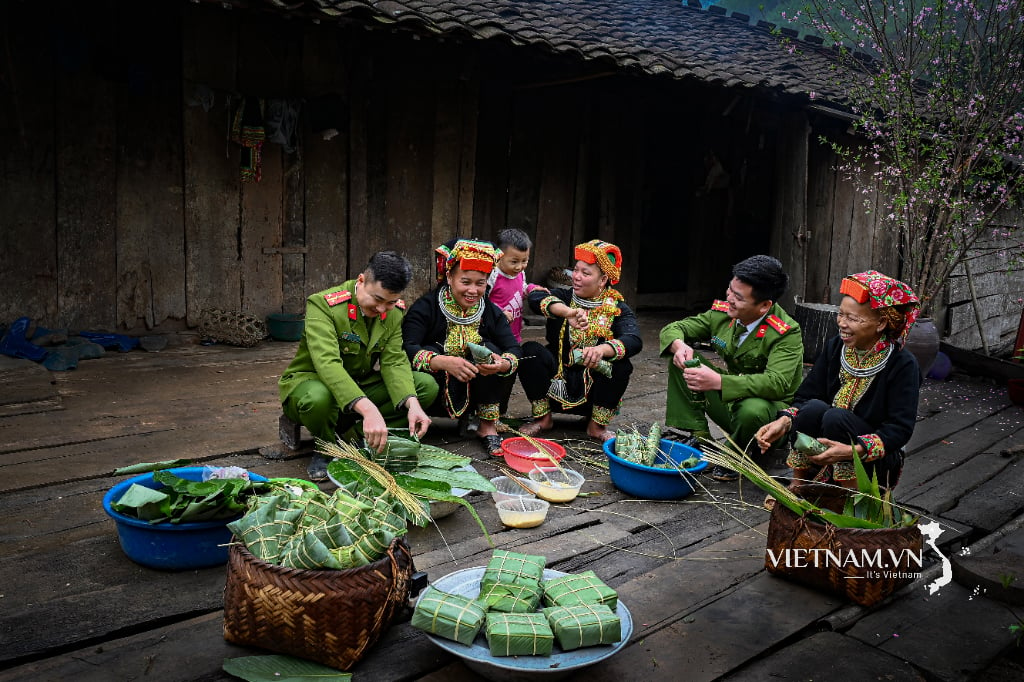
Comment (0)